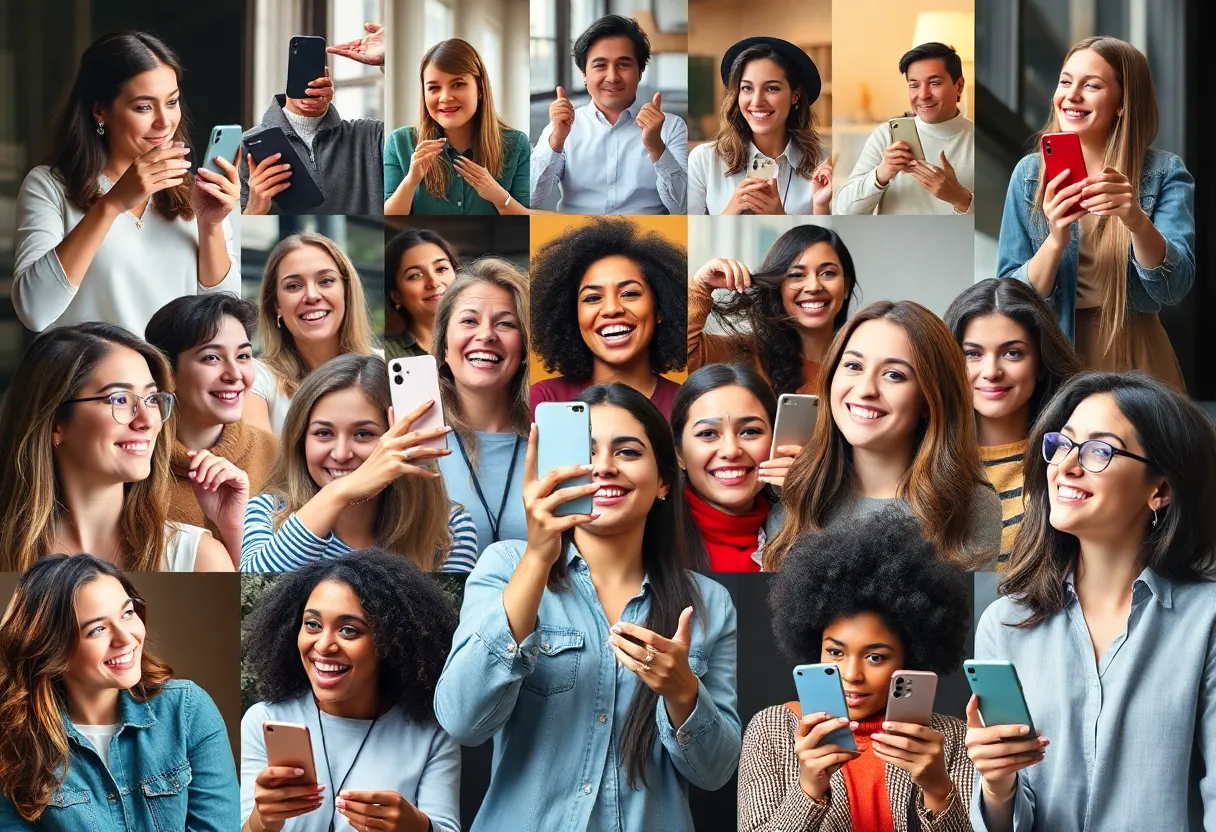News Summary
Influencer marketing is on track to reach $33 billion by 2025, showcasing a significant shift in marketing strategies. The rise in brands embracing influencers highlights their importance in consumer purchasing decisions. With the evolution of creator collaborations, nano-influencers are gaining traction. This rapid growth indicates that influencer marketing is now central to brand engagement and consumer interaction.
The Rise of Influencer Marketing: Expected to Hit $33 Billion by 2025!
Have you noticed how your favorite social media stars seem to be everywhere these days? From promoting brands to sharing discounts, influencers are changing the way we shop and interact with products. According to recent projections, the influencer marketing industry is set to soar to an impressive $33 billion by 2025. That’s quite a leap from just a few years ago when it was valued around $24 billion in 2024!
More Brands Embrace Influencer Marketing
In 2021, it was reported that about 70% of marketers from larger companies (those with over 100 employees) were dabbling in influencer marketing. Fast forward to 2025, and that number is expected to rise to a staggering 86%. This reflects a growing belief that influencers play a crucial role in our purchasing decisions. It’s not just a trend; it’s becoming a fundamental part of marketing strategy!
The data also reveals that as of February 2024, nearly 26% of global marketing agencies and brands were spending more than 40% of their budgets on influencer campaigns. That’s a significant commitment and shows the tremendous value brands see in leveraging influencers to reach their audiences.
The Evolution of Influencer Value
Nano-Influencers Steal the Spotlight
Interestingly, a staggering 87.68% of TikTok influencers identify as nano-influencers, meaning they have fewer than 10,000 followers. These smaller influencers boast an average engagement rate of 10.3%, which is remarkable compared to their larger counterparts. Even on Instagram, where 76% of influencers fit into the nano category, they only achieve an engagement rate of 1.73%.
What Influencers Prefer
It turns out that most influencers, about 65%, prefer being involved in the creative process rather than sticking strictly to project guidelines. They want to share genuine experiences, which resonates well with their audiences and boosts authenticity.
When it comes to pricing, influencers charge anywhere from $250 to $1,000 for a post. Interestingly enough, 71% are willing to offer discounts for long-term collaborations, encouraging ongoing partnerships that can benefit both parties.
Impact on Consumers
Influencer marketing is incredibly effective, with 49% of consumers admitting that influencer content regularly impacts their buying decisions. Almost 86% of consumers have made at least one purchase inspired by influencers over the past year. It’s fascinating to see that 16% of these shoppers even rate influencer marketing as the most impactful on their decisions!
The B2B Wave
As we move toward 2025, the future looks bright for B2B influencer marketing. In fact, 67% of B2B brands are focusing on boosting brand awareness through influencers—highlighting that even in the business-to-business realm, influencers are becoming valuable strategic partners.
Brands and Influencers: A New Partnership
Gone are the days when influencers were just seen as promoters. Brands are now recognizing that influencers can be strategic allies. This shift is transforming the landscape of marketing, making campaigns more authentic and relatable.
Notably, user-generated content (UGC) and employee-generated content (EGC) are gaining traction as cost-effective ways to build consumer trust. B2C brands increasingly partner with multiple influencers, with 52% collaborating with between 6-10 at a time.
The Road Ahead
As brands navigate economic uncertainties, they continue to allocate substantial budgets toward influencer partnerships. With innovative technologies and artificial intelligence set to revolutionize influencer marketing—enhancing campaign management and data analysis—the future is bright. Instagram has even rolled out features that allow creators to earn money for their testimonials, boosting brand visibility.
In summary, the influencer marketing industry is not just alive; it’s thriving and evolving rapidly! Whether you’re a consumer, a brand, or an influencer, there’s no denying that this form of marketing is shaping the way we connect, shop, and engage with the world around us.
Deeper Dive: News & Info About This Topic
HERE Resources
The Shift in Customer Engagement: Brands Adapt to Declining Trust in Social Media Platforms
Gen Z’s Mighty Spending Power: A New Era for Brands
Los Angeles Influencer Marketing Landscape: A Vibrant Community of Change-Makers
Exciting News: McKinsey is Joining Forces with ET Medialabs!
FTC Updates Guidelines on Influencer Marketing to Enhance Transparency and Compliance
How Can You Tap into the Power of Community Building for Your Digital Marketing Success?
Exciting New Launch: SEO Rank Media Opens in Los Angeles!
Welcome to the Future of Marketing: Trends for 2024 and Beyond
AI is Revolutionizing Marketing Strategies for 2025
Exciting News: The Juice Merges with AudiencePlus to Transform B2B Marketing
Additional Resources
- Sprout Social: Influencer Marketing Statistics
- Marketing Brew: Influencer Marketing Trends 2025
- Forbes: 5 Influencer Marketing Trends Set to Take Off in 2025
- Influencer Marketing Hub: Rules of Influencer Marketing
- Fashionista: Beauty PR and Influencer Marketing Interns
- Wikipedia: Influencer Marketing
- Google Search: Influencer Marketing
- Google Scholar: Influencer Marketing
- Encyclopedia Britannica: Influencer Marketing
- Google News: Influencer Marketing







